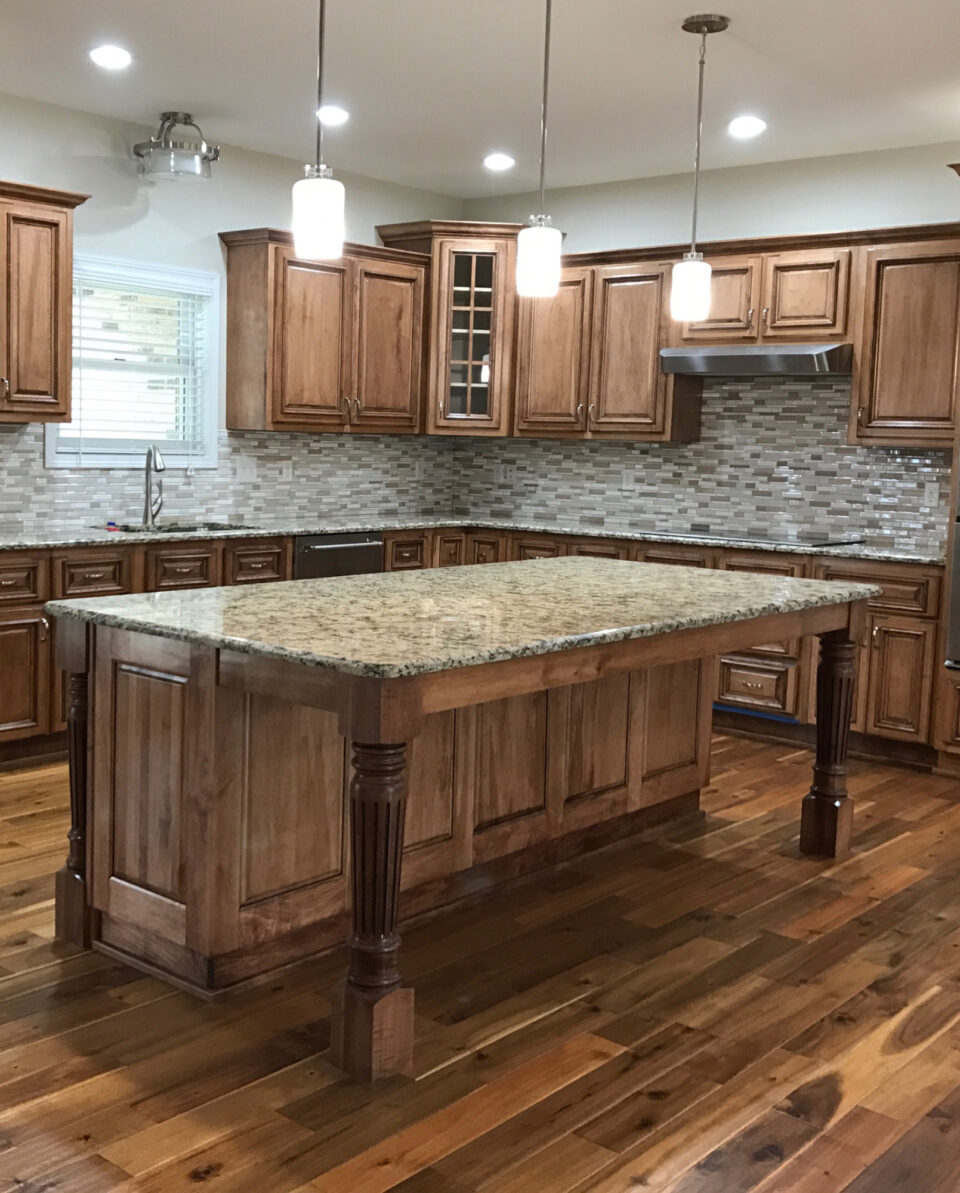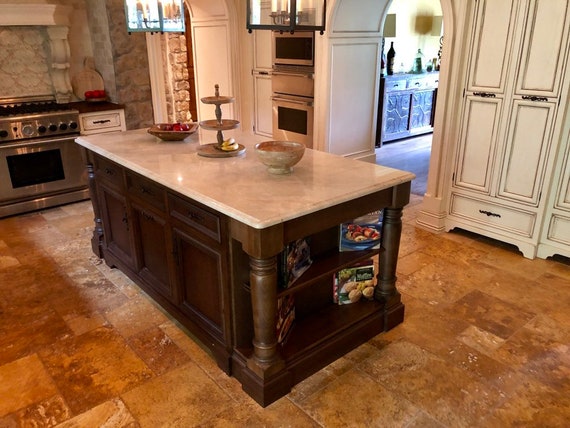A Comprehensive Guide to Selecting the Right Kitchen Island Leg
A Comprehensive Guide to Selecting the Right Kitchen Island Leg
Blog Article
The Significance of a Sturdy Cooking Area Island Leg in Creating a Practical Food Preparation Location
A tough kitchen area island leg serves as a fundamental component in developing a useful food preparation atmosphere, providing essential assistance for both the kitchen counter and numerous kitchen area activities. As cooking areas advance right into multifunctional areas for food preparation, eating, and socializing, the choice of products and style considerations for island legs comes to be progressively important.
Benefits of Sturdy Island Legs
Supplying important assistance, sturdy kitchen area island legs play a crucial duty in boosting the performance and toughness of kitchen area islands - kitchen island leg. These legs not just bear the weight of the countertop and any kind of extra things put on the island, yet likewise add to the general security of the structure. A well-supported cooking area island makes sure that it remains useful and upright, even under hefty use, which is specifically crucial in busy cooking area environments
In addition, strong island legs can enhance the visual appeal of the cooking area. They offer a solid structure that can match various layout styles, from contemporary to typical. This adaptability allows home owners to customize their cooking area islands according to personal preference while guaranteeing that the architectural integrity continues to be uncompromised.
Along with their helpful duty, durable kitchen island legs can additionally improve safety and security. A stable island minimizes the threat of accidents brought on by tipping or wobbling, which is specifically vital in households with kids or senior individuals. In addition, strong legs can promote a seamless circulation of activities, enabling for efficient meal prep work and social communications within the kitchen room. Eventually, investing in sturdy kitchen area island legs is necessary for a practical and visually pleasing cooking area.
Products for Cooking Area Island Legs
When picking materials for kitchen island legs, toughness and aesthetic appeal are crucial factors to take into consideration. One of the most typical materials consist of hardwood, metal, and crafted wood, each offering distinct advantages.
Wood, such as cherry, maple, or oak, is a traditional option due to its toughness and ageless charm (kitchen island leg). It can withstand substantial weight and is immune to put on, making it excellent for high-use kitchen area environments. In addition, hardwood can be stained or repainted to match various cooking area styles
Steel legs, usually crafted from stainless steel or wrought iron, give a commercial and contemporary look. They are unbelievably strong and can sustain substantial lots while being resistant to wetness and heat, which is useful in a cooking area. Steel legs can also be conveniently cleaned, boosting their practicality.

Layout Factors To Consider for Security
The choice of products for kitchen area island legs straight affects the style factors to consider for stability. When designing a kitchen island, it is extremely important to assess the weight-bearing ability of the selected products. Much heavier products, such as solid timber or metal, generally give higher security, especially under the stress and anxiety of everyday usage.
Additionally, the leg style must integrate correct geometry to enhance security. A wider base boosts the support area, decreasing the risk of tipping or tottering. Consideration must additionally be given to the height of the legs; out of proportion leg lengths can result in inequality, compromising the general security of the island.
In addition, the distribution of weight across the island is vital. Guaranteeing that the leg positioning straightens with redirected here the heaviest components, such as devices and countertops, will additionally boost stability.
Maintenance Tips for Durability

Cleaning is an additional essential facet of maintenance. Relying on the material of the legs-- whether wood, metal, or composite-- ideal cleansing approaches must be employed. For wooden legs, a mild clean with an appropriate timber and a wet cloth cleaner will assist maintain their coating. Metal legs may need a light gloss to avoid rust and maintain their radiance.
In addition, tightening screws and bolts on a regular basis can make sure stability and stop wobbling. If the kitchen island experiences heavy usage, consider enhancing the legs with additional braces or sustains to enhance toughness. Lastly, using a safety finish or sealer can secure against moisture and discolorations, lengthening the life-span of the legs. By following these maintenance pointers, home owners can guarantee their cooking area island legs stay useful and durable for several years ahead.
Choosing the Right Leg Style
Routine maintenance makes sure that cooking area island legs continue to be practical and sturdy, but selecting the appropriate leg design is equally important for both looks and assistance. The choice of leg style can substantially influence the total style and harmony of your cooking area.

Performance is one more critical element. As an example, thicker legs or those with a sturdy base can sustain larger countertops and equipment, improving the island's utility. navigate to these guys On the other hand, slim legs might develop an airy appearance, ideal for lighter designs but possibly much less supportive.
Final Thought
In recap, the importance of strong kitchen island legs can not be overstated in the production of a useful cooking area. These legs provide vital assistance, boost stability, and find more information add to the overall visual of the cooking area. By meticulously choosing suitable materials and layouts, along with executing appropriate upkeep practices, the longevity and effectiveness of cooking area islands can be made certain. Inevitably, purchasing durable island legs is fundamental to accomplishing a efficient and risk-free cooking environment.
A sturdy kitchen island leg offers as a fundamental part in establishing a useful cooking setting, supplying necessary assistance for both the countertop and numerous kitchen area tasks.Offering essential assistance, sturdy kitchen area island legs play a pivotal function in boosting the performance and durability of kitchen area islands. Inevitably, investing in strong kitchen island legs is necessary for a functional and aesthetically pleasing cooking location.
Consideration must additionally be given to the elevation of the legs; disproportionate leg sizes can lead to imbalance, jeopardizing the total security of the island.
Wood legs provide heat and a classic look, while steel legs provide a modern and industrial feeling.
Report this page